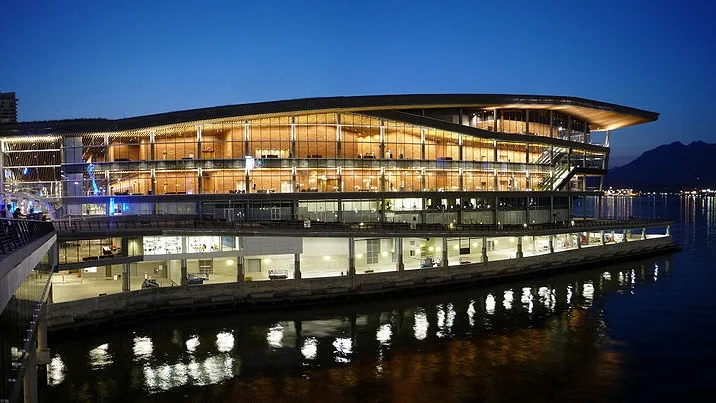Does Your Firm Know How to Pass the Living Building Challenge?
While many architects are taking initiative to help the environment through their building practices, some want to take a step further by creating an entity that can essentially also heal the environment.
image © greenscreen
If architects are dedicated to helping the planet, they may consider participating in the Living Building Challenge - the toughest green-building standard to achieve. Only 12 buildings have been fully certified under the Living Building Challenge and those that strive to achieve the ultimate green building status have a rigorous process to go through in order to become certified.
image © international treescapes
One of the major distinctions that architects need to make is that the certification is different than LEED since it focuses on creating a building that is as sustainable as possible whereas LEED focuses on improving a conventional building. According to Jason F. McLennan, a Seattle architect who was the challenge's chief author, "Another way to put it is that LEED is trying to improve on the conventional, whereas the Living Building attempts to go beyond conventional from the start."
The standards to become certified by the Living Building Challenge are deceptively simple.
1) The House must have "Net Positive Energy" which means "One hundred and five percent of the project's energy needs must be supplied by on-site renewable energy on a net annual basis, without the use of on-site combustion. Projects must provide on-site energy storage for resiliency."
2) All water must come from precipitation or a closed loop, and all wastewater must be treated and released onsite "in harmony with the natural water flows."
3) By incorporating salvage materials, the building must divert more volume from landfills than it disposes of.
4) Materials may not include substances that appear on a Red List of toxic chemicals, and each project must purchase offsets to account for the carbon impact of materials used in the building.
5) The building must incorporate biophilic design and meet a variety of other criteria to encourage the "health and happiness" of its occupants.
image © Jwallace72 via Wikimedia Commons
While the standards seem attainable, one of the biggest challenges to achieving the certification is the cost associated with the project. Pictured above is the The Brock Environmental Center located in Virginia Beach, VA. It has obtained the Living Building Challenge achievement however, it costed an estimated $21 million to build.
image © greenscreen
While the costs associated with the designation are high, according to Joshua Gassman, if one can afford the costs then he beileves that "those who work on a building like this will never approach another building the same way. It fundamentally changes the way you think about what is possible with sustainable design."
Sources: Mother Nature Network, High Performing Buildings | cover photo © unsplash









